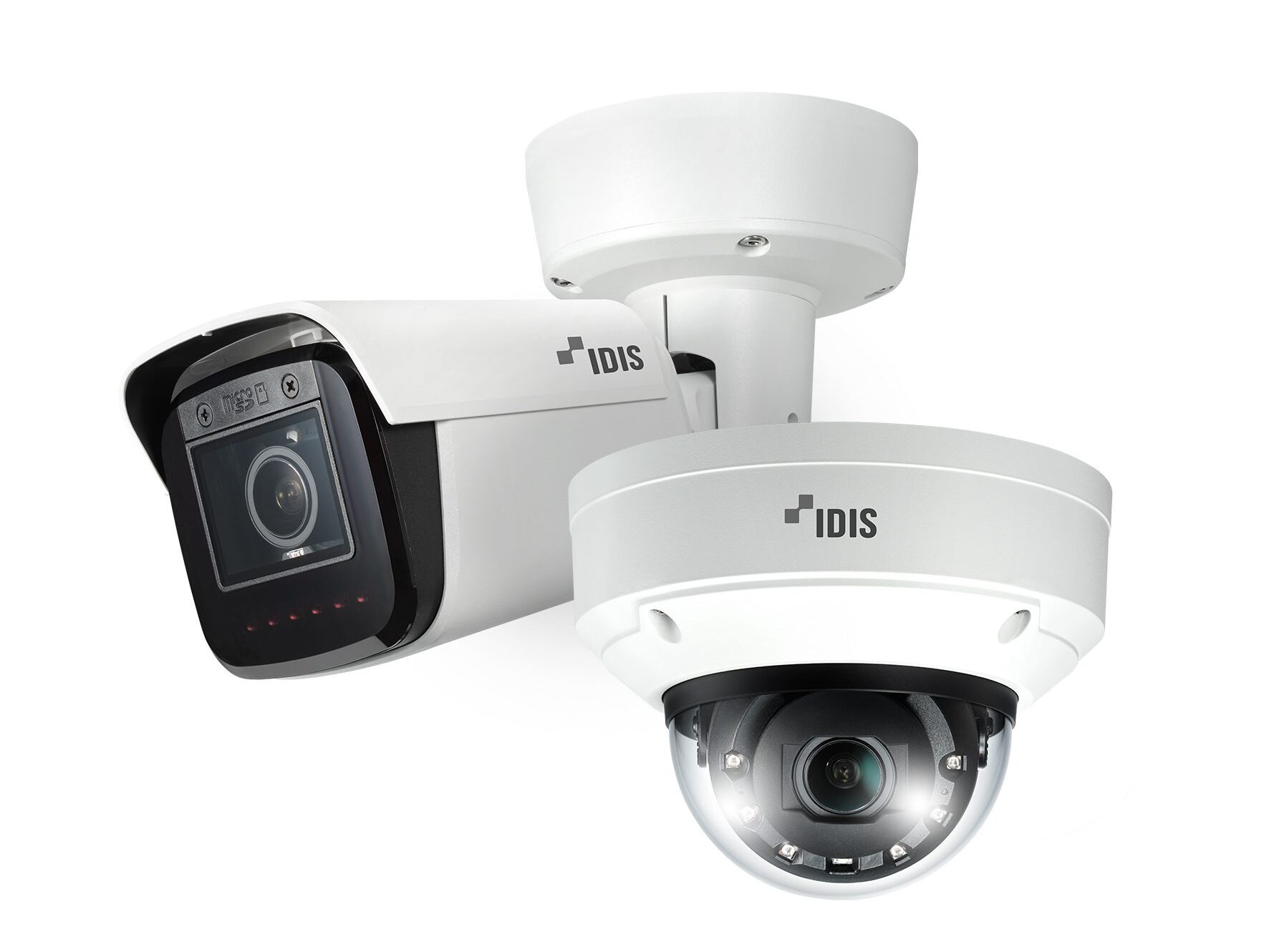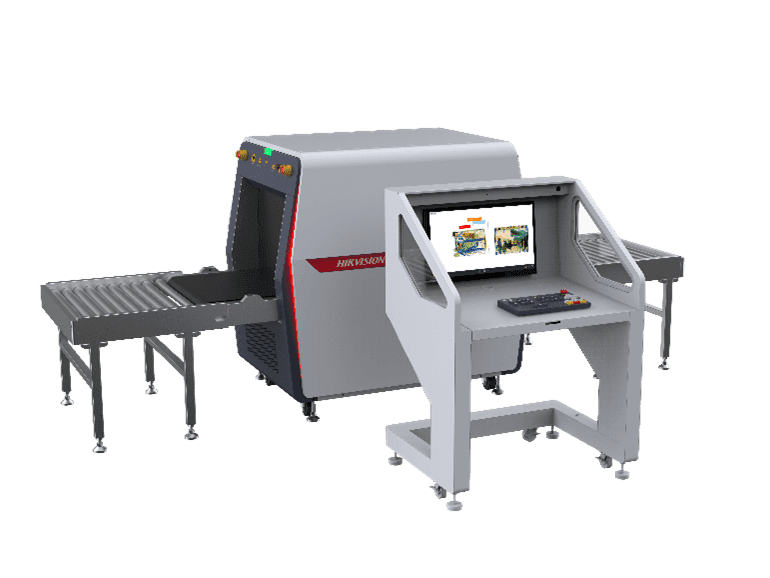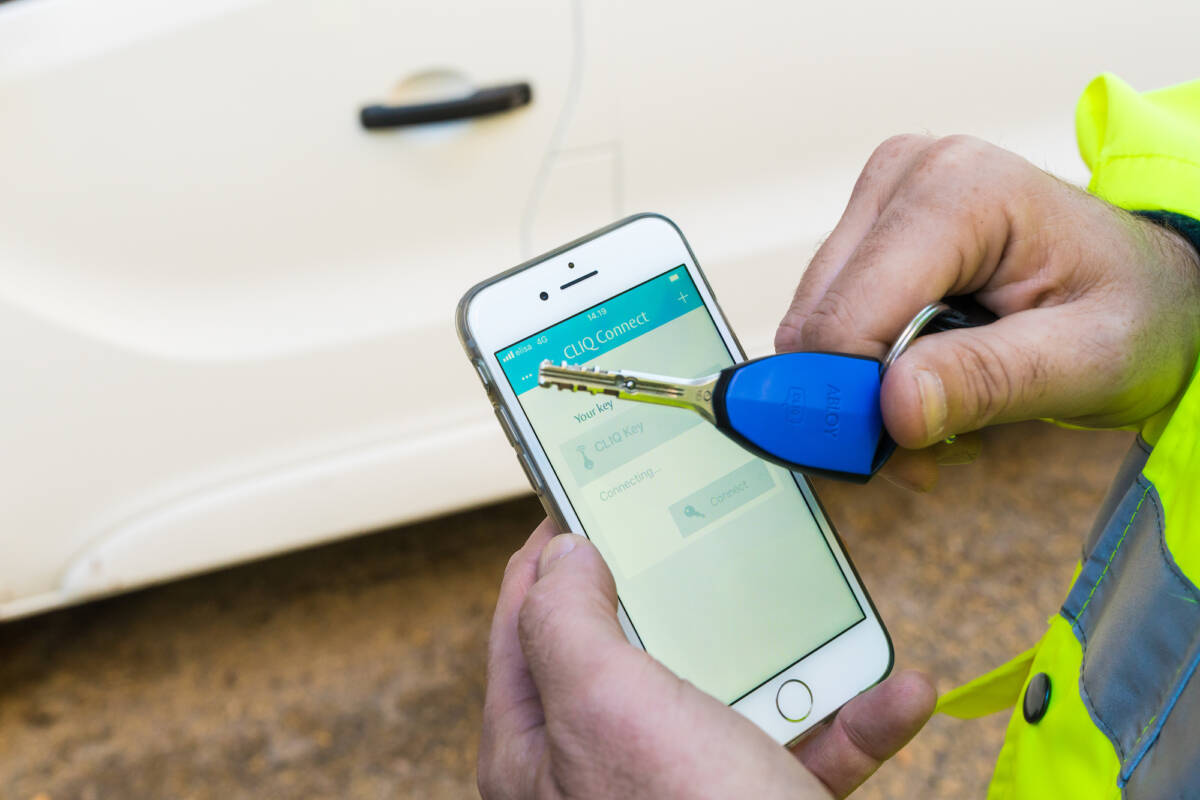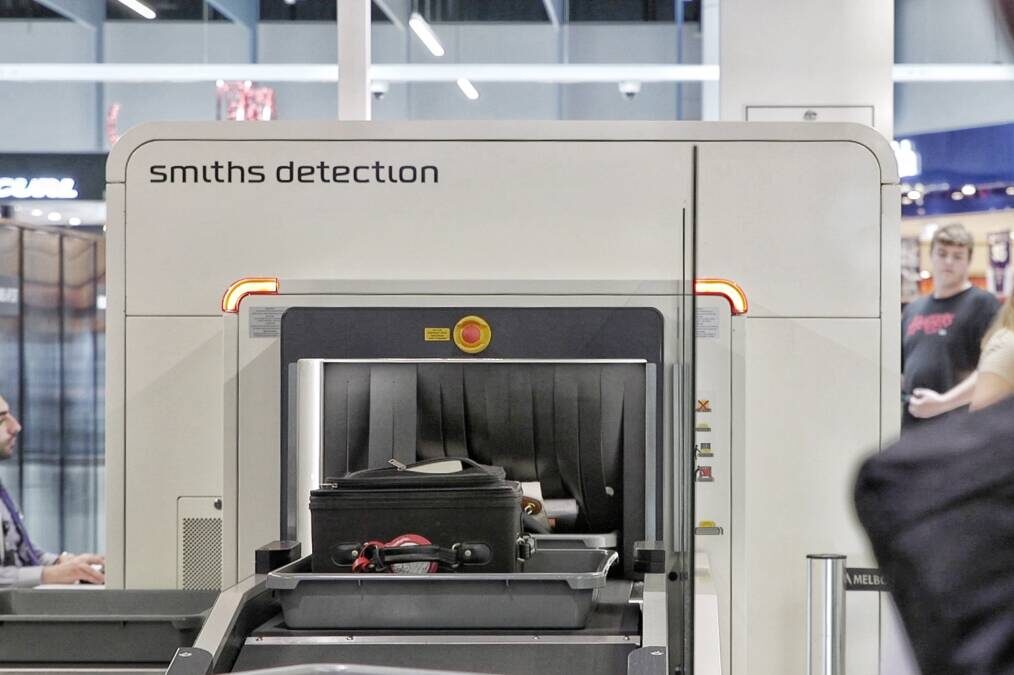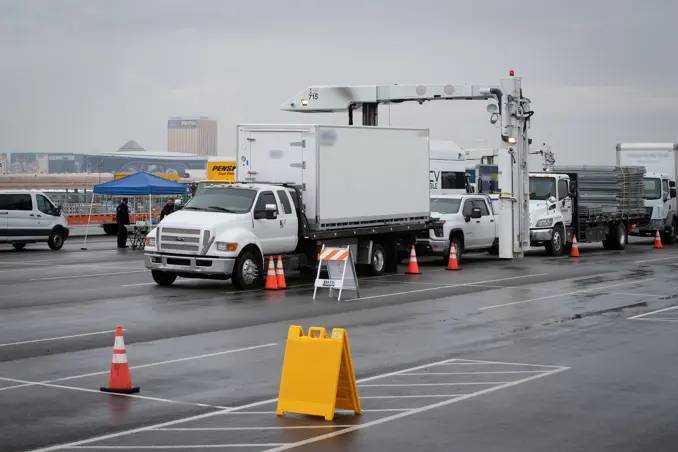
The successful firing of a fully-functioning plastic gun made from a 3D printer has led to fears it could evade airport scanners. However, security experts claim advancements in scanning technology are capable of spotting such weapons.
Defense Distributed has made the blueprints for its ‘Liberator’ gun available online after it was shown to successfully fire without damaging either the body of the gun or the person pulling the trigger.
At a firing range south of Austin, Texas, Defense Distributed founder Cody Wilson, a 25-year-old law student at the University of Texas, made the successful shot by hand for the first time.
‘Liberator’ was made on a second-hand Stratsys Dimension SST 3D printer that cost $8,000 (£5,140) from eBay. The technology builds up layer upon layer of melted polymer to build solid plastic objects and fifteen of its 16 pieces were created inside the printer. All the necessary parts can be printed from a 3D printer – except for the metal firing pin.
With 3D printers becoming increasingly common, it creates opportunities for anyone to download the plans and print their own weapon, bypassing background checks and regulation.
In order to comply with US laws, the gun as produced has a compartment to house a block of steel so it doesn’t evade metal detectors. But there is no way to police whether the weapon is made complete with the steel, opening the possibilities that ‘Liberator’ could be invisible to metal detectors.
A security expert told SecurityNewsDesk that advancements in airport scanning technology, such as millimetre-wave imagers, mean ‘Liberator’ would show up if one was attempted to be taken onto an airplane.
Issues could arise if component parts were disguised to look like everyday items and then assembled into a viable weapon. However, there are usually at least one or two components that will be metallic, such as bullets or the metal firing pin, which would clearly set alarm bells ringing.
Smiths Detection, a leading provider of screening technologies, added: “Our eqo millimetre-wave scanner is designed to highlight any anomalous items – metallic or non-metallic — hidden beneath clothing and would show up plastic weapons or component parts.”
The US State Department ordered Defense Distributed to take down the blueprints on May 9 on the basis the plans could violate export regulations. Blueprints were downloaded over 100,000 times in the first two days they were online, however the file was served by storage service Mega and it remains unclear whether the file will be taken off the New Zealand-based firm’s servers.

